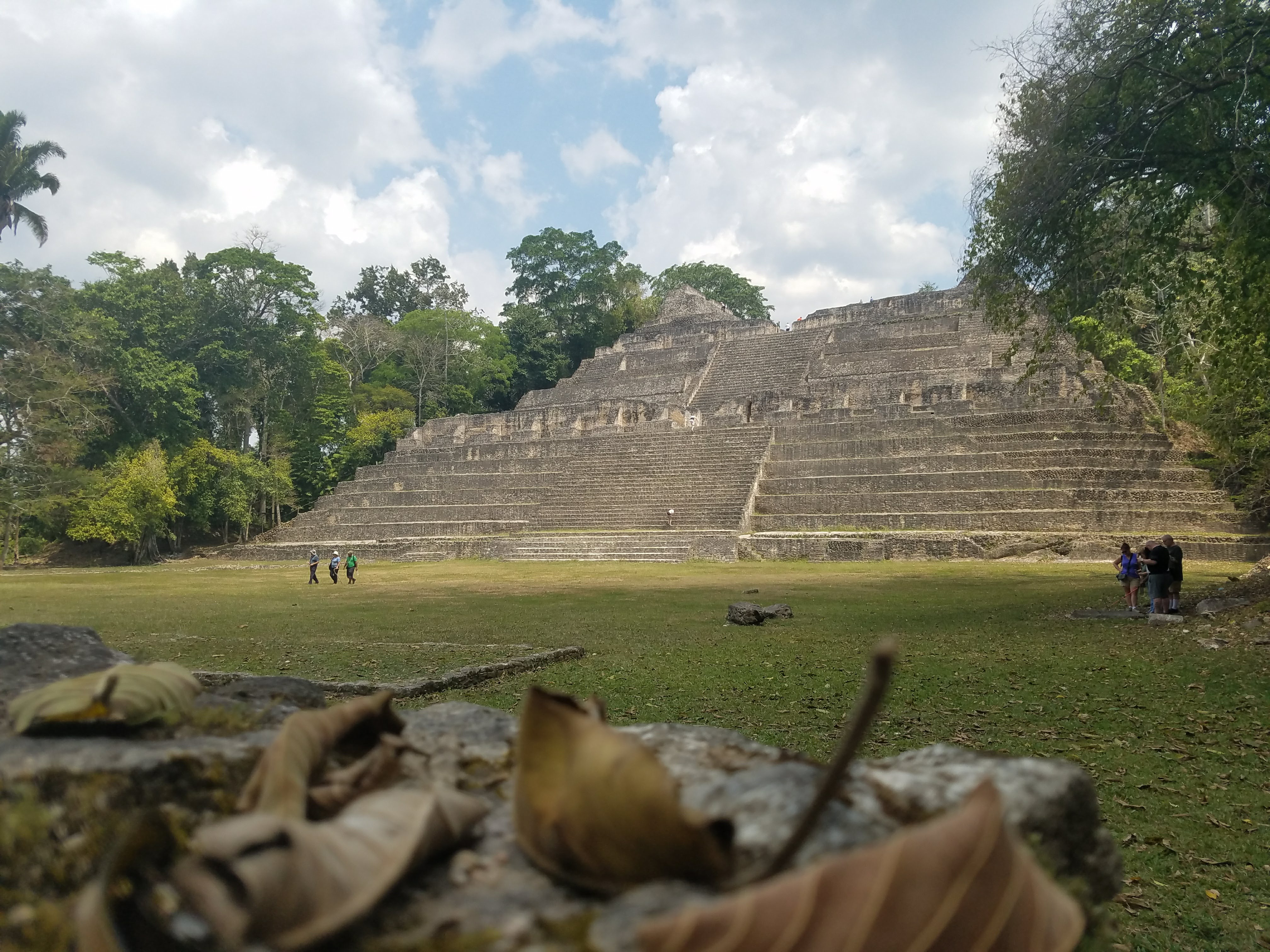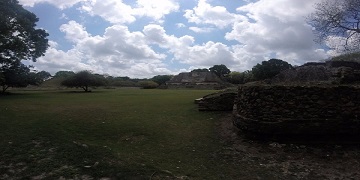
Caracol Belize Mayan Site

Located in the Chiquibul Forest Reserve in the Cayo District, Caracol is Belize's largest, most important Mayan site. The site is known as the most extensive Maya center in the country. Cutting across the hilly terrain,covering about twenty-five square miles, remnants of vast agricultural field systems give evidence of an extensive farm industry that once provided sustenance for a large population. Caracol has an internal road system made up of 60 kilometers of Sacbeob (roads) and causeways, which served as routes for transportation and communication. This site is home to the tallest man-made structure in Belize, Canna, standing 143 ft above the plaza floor. The discovery of Alter 23, which shows bound captives, indicates that Caracol was an extremely fierce and war like center.
Caracol Tour also Includes
A swim and caving stop at
More about Caracol in Belize
Tikal Tour from San Ignacio
Tikal is one of the largest archaeological sites and urban centers of the Maya civilization. It was the capital of a conquest state that became one of the most powerful kingdoms of the ancient Maya. The city has been completely mapped and covered an area greater than 6.2 sq miles that included about 3000 structures. The area around Tikal has been declared as the Tikal National Park and the preserved area covers 220 sq miles.Ask about our Tikal Overnight Tour which includes a full day tour, a sunset tour and a sunrise tour. The overnight tikal also includes accommodation and meals, as well as round trip transportation.
More about Tikal in Guatemala
Tikal Tour Also Includes
Cahal Pech Ruins

Cahal Pech is a site who’s Maya name means "Place of the Ticks." This ceremonial center includes pyramid temples, palaces, and a ball court. The site core consists of some 34 large structures, including several tall non-domestic structures, a number of large range-type buildings, two ballcourts, and possibly a sweathouse. Work suggests that Cahal Pech contains evidence of some of the earliest Maya settlements in Belize.
More about Cahal Pech Tour
Xunantunich Mayan Ruins
Xunantunich is located only a few minutes’s drive from San Ignacio and within a couple miles of Guatemala. Its name means "Stone Maiden" in the Maya language and refers to the ghost of a woman claimed by many to inhabit the site. The core of Xunantunich occupies about one square mile and consists of a series of six plazas surrounded by more than 26 temples and palaces. During a time period when most of Mayan civilizations were crumbling, Xunantunich was managing to expand its’ city and its’ power over other areas within the valley. It lasted a century longer than most of the sites within the region.
More about Xunantunich
Lamanai Mayan Ruins
Lamanai Belize, an archaeological Mayan site located in the nothern district of Belize. This Belize Mayan ruin was once a city of Maya civilization, dated back to 1500 BC. Lamanai situates on a reserve area of 1.48 square miles, making it one of the larger ceremonial site of the Mayans.
More about Lamanai
Altun Ha Ruins Belize

Altun Ha, Belize Mayan Ruins, located in the Belize district. The name of the archaeological site translates to "Rockstone Pond". Name was also given to the community that's located near it. Altun Ha was inhabited in the Classic Period, ranging from 400 AD. In addition, Altun Ha may be popularily known for the large amount of Jade artifacts that have been found on site.
More about Altun Ha Tour
Contact Us
Kindly send us a message using form below.